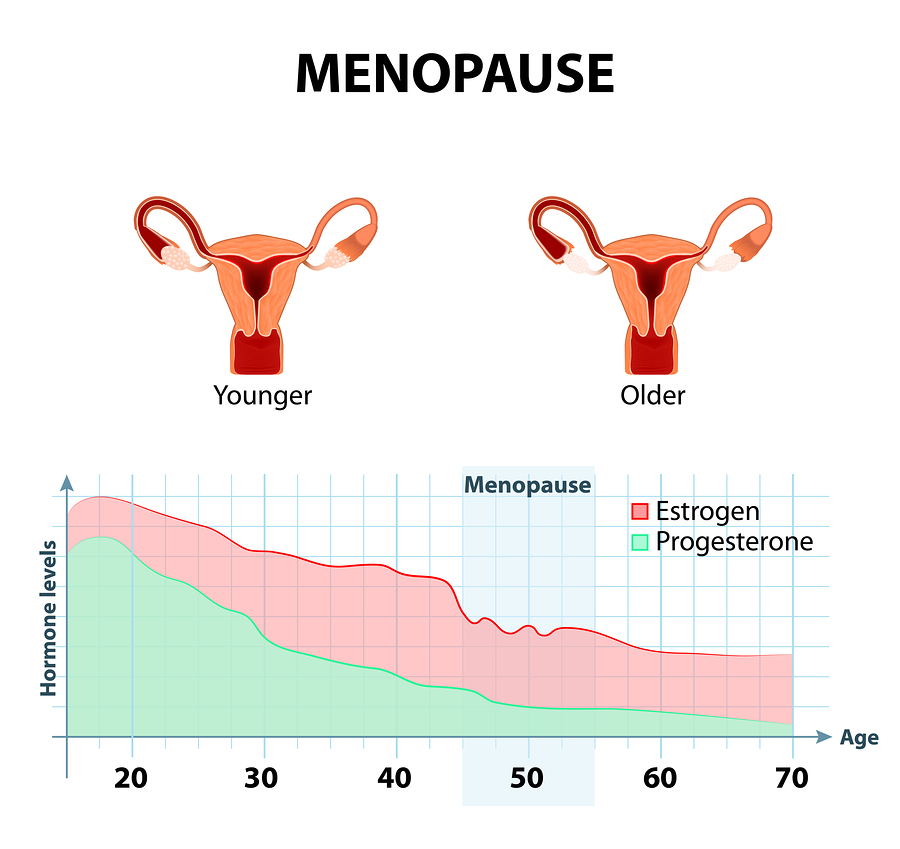Estrogen-Only Therapy Carries Lower Risk of Blood Clots
Sweden is finally answering the estrogen at menopause question; in a population study out (of more than 800 Swedish women who had VTEs and nearly 900 age-matched controls who took no hormones) this week and published online in Menopause, the journal of The North American Menopause Society, the study shows that estrogen-only therapy carries a lower risk of blood clots than combined estrogen-progestogen therapy. Also, there is no significant increased risk of clots with combination therapy when the estrogen is transdermal, and vaginal estrogen doesn’t raise the risk at all.
The risk of blood clots or “venous thromboembolism” (VTE) is known to be higher in women who use hormone therapy (there are natural products available with no risk). “In 2002, the Women’s Health Initiative (WHI) showed that oral hormone therapy at a standard dose, whether estrogen alone or estrogen combined with progestogen, increased the risk of both VTE and pulmonary embolism. And the WHI confirmed that the greatest risk of VTE occurs during the first year of treatment,” reports Science Daily.
The study found that risk for VTE was almost two times higher (1.72) in women who used hormones than in those who didn’t, and in women who used estrogen-progestogen therapy the risk for VTE was nearly three times higher than those didn’t use hormones. However, for women who’d had hysterectomies and didn’t need progestogen and therefore only took estrogen, their risk was lower overall- a little less than one and half times higher (OR 1.31) compared with those who took no hormones. And lastly, women using estrogen-progestogen had a twofold higher risk of VTE than those taking estrogen only.
The good news in this study was what it found out about estrogen delivery methods. The article from Science Daily says, “…there was no increased risk of VTE in this study for women who used transdermal estrogen (such as patches), either alone or in combination with a progestogen. And women who used vaginal estrogen alone to ease vaginal dryness and other symptoms of genitourinary syndrome of menopause (GSM) also had no increased risk of VTE.” Experts didn’t expect vaginal estrogen to raise the risk because absorption into the bloodstream is small and results in levels similar to those in postmenopausal women who use no hormones. But studies on this question are rare, so these findings will be a big help for doctors making decisions for their patients.
One last part of this puzzle has been whether the type of progestogen makes a difference in risk. Some past studies seem to imply that the VTE risk is higher with medroxyprogesterone acetate than with norgestrel, but this study didn’t show any significant difference. What it did find was that having a uterus and taking both oral estrogen and a synthetic progestin increased the risk of VTE the most, especially compared with estrogen only. I would be interested to see what the results would have been had they used a bioidentical (not synthetic)form of progesterone.
Remember ladies, suffering through menopause or taking HRT aren’t your only options. There are natural remedies and therapies that women have used for thousands of years. Take a play from your sisters past and find one that works for you!
XO- Erin
Source: Science Daily












